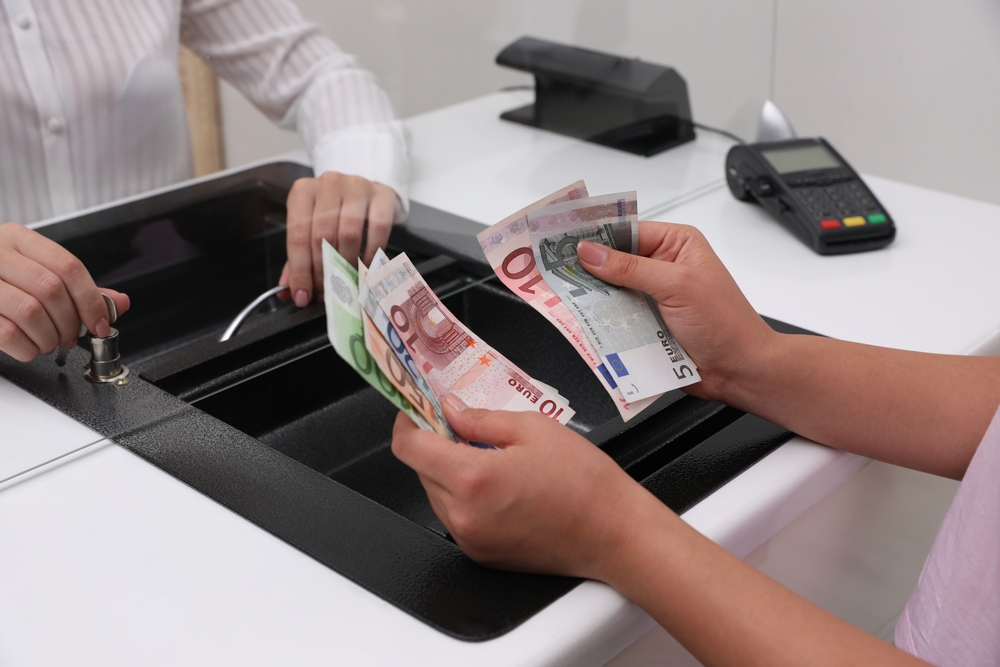< Lesson 10: Making Egg Salad and Tuna Salad on Shabbos
Lesson 11: Making Salad on Shabbos
In this lesson, Rabbi Rappaport discusses the issues involved with making salads on Shabbos (Shabbat). Some salads should be made before Shabbos, some can be made on Shabbos, at any time, and some salads may only be made samuch l’seudah, immediately before the meal during which they will be eaten.
Potential Issues with Making Salad on Shabbos
- One of the issues involved with preparing the salads, is removing labels from fruits and vegetables on Shabbos. One solution would be to remove them before Shabbos, but if you haven’t done so, you can cut it away on Shabbos with a bit of the peel.
- Another issue would be peeling a cucumber, an egg, an onion, or another vegetable or fruit. Peeling should be done only right before the meal. Whether or not you are allowed to use a peeler on Shabbos is a controversy. Rabbi Moshe Feinstein says that a peeler is just like a knife and you may use one, but many rabbis disagree and say you should only remove the peel with a knife, as we’ll see later in the video.
- Under no circumstances should you shred vegetables with a grater. A grater is a tool used for breaking large pieces into smaller pieces. The prohibition of tochen, of grinding on Shabbos, would apply. This should not be used on Shabbos, and as a matter of fact, should not be handled on Shabbos – it should be considered muktzah.
- If you’re adding fresh lemon to your salad dressing, the lemon should be added to the salad itself. The liquid could be added to the solid. Don’t mix it first with your other dressing ingredients first and then add it to the salad; rather, the lemon should be squeezed directly into the salad.
- Another issue which we discussed in a previous lesson was dicing your vegetables into small pieces. This is something that should generally not be done on Shabbos. If you must do it for an elderly person or someone who can’t chew it, perhaps you can do it right before the meal, but otherwise it’s recommended to be done before Shabbos.
Salads to Be Made Before Shabbos
Israeli salad, by definition, is finely diced vegetables. I would recommend you do not make an Israeli salad on Shabbos. If you want to serve one on Shabbos, dice the vegetables before Shabbos. If you’re concerned that it shouldn’t sit in the dressing so long, you can store your vegetables and dressing separately, and add the dressing to the salad on Shabbos.
Salads That Can Be Made at Any Time on Shabbos
So what kinds of salad can you make on Shabbos?
We are going to make a tomato salad with two vegetables: a tomato, and an onion. We will chop our tomato into large chunks – not diced. Chunks don’t have to be made samuch l’seudah (right before eating).
Even though we said that peeling a vegetable needs to be done right before the seudah (meal), with the onion, we are not just going to take off the outer layer, but we are going to take some of the onion along with it, so that would be fine to do earlier on Shabbos.
- You may wash off the tomato well, if you would not eat it without washing it.
- Don’t just take off the stem, but take off some of the vegetable with it. We’re going to cut the tomato into larger pieces; not dicing it, but making it into chunks.
- Again, we’re not just removing the outer skin of the onion, but cutting off the first layer of the onion with it. (Since some of what you took off is still edible, you may pick it up directly and place it in the garbage.) Now, instead of dicing it, we will cut it into rounds.
- You can put on whatever dressing you like – we’ll add some oil, some vinegar, and salt. Mix it up.
This salad can be made even two hours before your meal or any time you want. Enjoy!
Salads That Should Be Made Right Before Eating
Now, we’re going to make a salad that should be made samuch l’seudah – right before the time you are going to eat it.
We are going to peel an egg and a cucumber. We are going to show how to separate a pepper from its seeds in the proper way, we’ll add lemon to the salad, etc.
Let’s get started.
- We’re going to cut our tomato. Since we are making this samuch l’seudah, we don’t have to make the pieces as large as in the first segment. We shouldn’t dice them too small, but a little bit larger than you would normally cut them.
- Now for our peppers. I took the label off the yellow one before Shabbos. We’re going to cut the pepper in half. Now we have seeds and a stem that we want to remove. We don’t want to just remove the stem, but we will remove it with some of the fruit. If you notice, there are seeds here that are left. The ones that are stuck to the pepper, we’re going to leave there, because we may not separate the bad from the good, so those will get into the salad. We’re going to cut the pepper. We don’t want that white part, so we are going to cut the good away from the bad, rather than the opposite, and we are only going to use the good parts. We are going to cut it up and add it to our salad.
- Now we have a red pepper, but we forgot to remove the label before Shabbos. So we will cut some of the vegetable away with the sticker. There is a part that is a little bit rotten, so we will cut that away with some of the good part. Now we will cut up the edible part.
- Now we have the cucumbers. As mentioned previously, there is a machlokes, controversy as to whether or not you may use a peeler on Shabbos. Consult your rabbi.
- If you are using a peeler it definitely needs to be done right before the meal. Now we will peel it, and we are left with pepper seeds and stems, and cucumber peels on the cutting board. We are not allowed to pick up the garbage with our hands, so instead we will use a knife to scrape them directly into the garbage.
- If your rabbi says not to use a peeler, you are going to peel the cucumber with a knife, which is not as effective and you’ll lose some of the cucumber, but if that’s what your rabbi says to do, that’s what you should do.
- We are going to cut the cucumber into pieces and add it to the salad. Again, instead of picking up the peels, we’ll scrape them into the garbage with the knife.
- If you want to add avocado, that needs to be done right before the meal. Cut the avocado, and slice it (pieces should be larger than normal). (ed. When removing the pit, unless it’s very loose and already separated, make sure to remove the fruit from the pit rather than vs. to avoid the prohibition of borer.)
- Peeling an egg, again, should be done right before the seudah. You can peel it onto the cutting board so you can scrape it into the garbage afterwards, or peel it right over the garbage can. You may use an egg slicer – it’s just like a knife.
- Now we want to add some chickpeas. As mentioned in a previous lesson, opening a can of chickpeas is controversial. Rabbi Feinstein was of the opinion that one should not, but others disagree. I do not open a can on Shabbos so I will use chickpeas from a jar.
- Last, we want to make a salad dressing. We will add pepper to the dressing – don’t grind pepper on Shabbos, but use pre-ground. I will use garlic powder instead of a garlic press, as that would be tochen – grinding, and the garlic press is muktzah.
- I’ll add some salt, and some oil.
- Now, I really would like some lemon juice in the salad dressing. So if I was using lemon juice from a bottle, I would add the lemon juice to the dressing. But I want to use a fresh lemon. Squeezing the juice out of a fresh lemon should be done only onto a food, not into a liquid. So I will add the dressing that was made till now to the salad, and then squeeze the lemon onto the salad. Some of the pits might fall in. If you want to remove them, you’ll need to remove them along with some of the salad.
Here we have our salad that was made in a halachically permissible way. Enjoy!
Lesson 12: Preparing Fruits and Vegetables for Serving on Shabbos >
Rabbi Pinchus Rappaport is a respected rabbi who received his Rabbinic ordination from Yeshiva of Staten Island, under the tutelage of Rabbi Moshe Feinstein. He currently serves as a rabbi in Brooklyn, NY.
Since halachic opinions vary among the rabbis of different communities, Oorah and Rabbi Rappaport encourage you to direct any questions to, and get halachic guidance from, your local Orthodox rabbi. You may, however, rely on this video and email Rabbi Rappaport with questions in the interim, at askrpr2@gmail.com.
Shared as a zechus l’iluy nishmas Moshe Zeev ben Aryeh Leib


